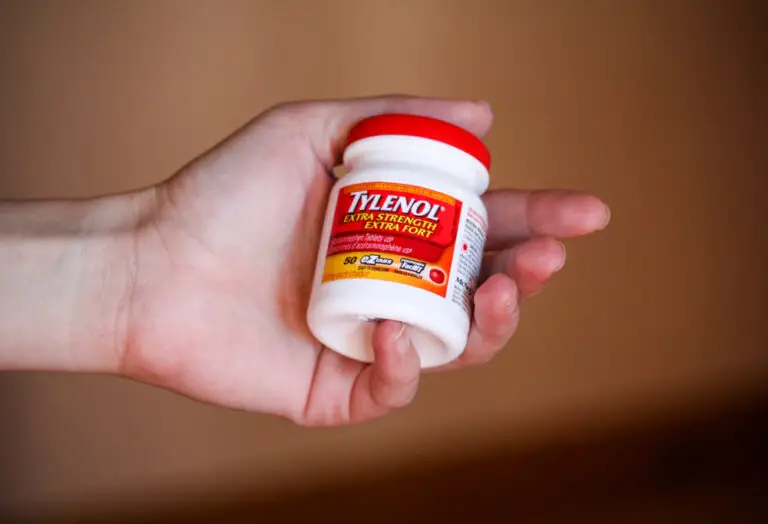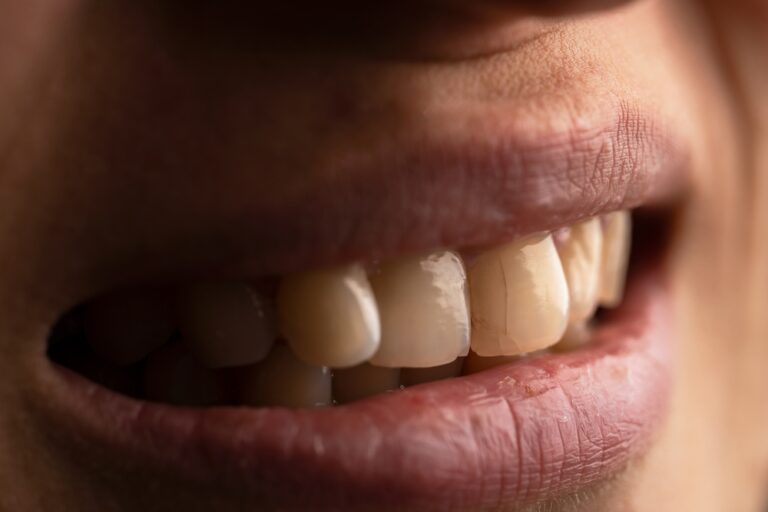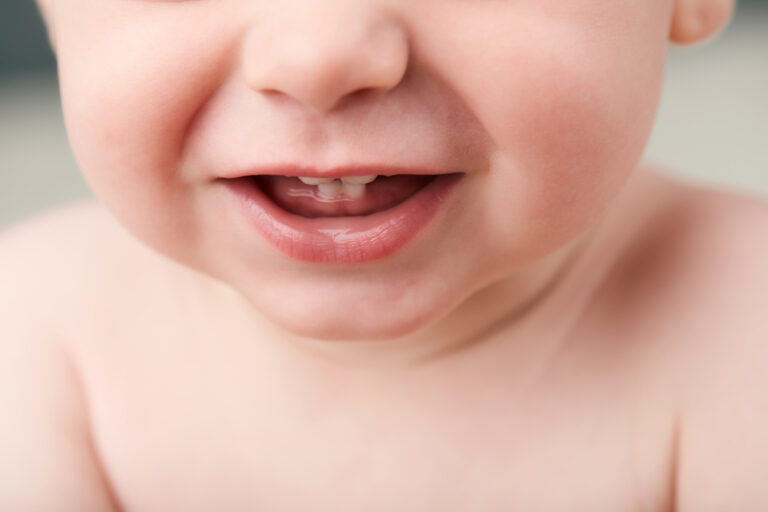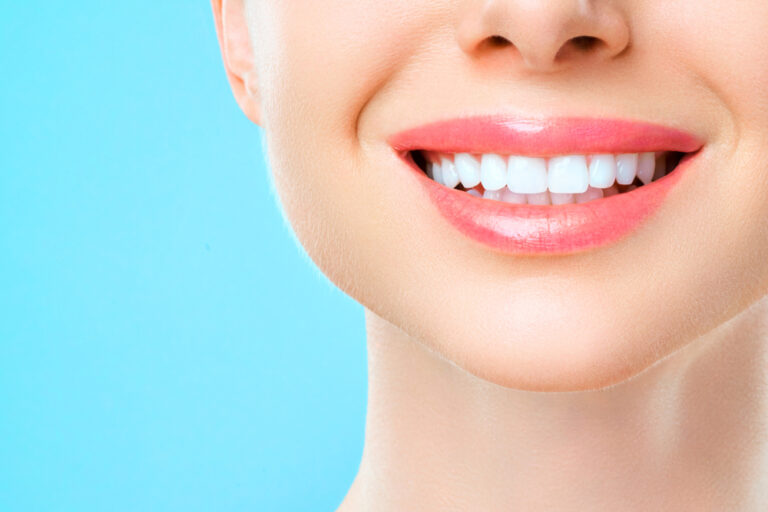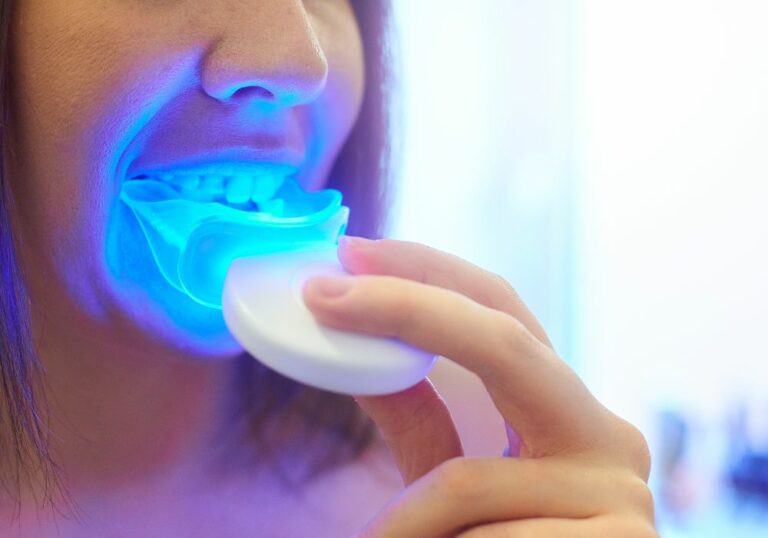Tooth wear is a common problem that occurs naturally with aging. However, excessive or premature tooth wear can lead to serious dental issues. Understanding the causes, effects, and treatment options for worn teeth is important to maintaining your oral health.
What leads to tooth wear?
There are four main types of tooth wear that gradually break down tooth enamel and expose delicate structures:
1. Attrition
Attrition occurs when teeth grind against one another. This exerts excessive force and friction that wears down the chewing surfaces and edges of teeth over time. Attrition is generally caused by:
- Bruxism – involuntary clenching, grinding, or gnashing of teeth typically during sleep
- Misaligned bite – teeth that do not meet properly can cause uneven wearing
- Missing teeth – this allows more force on remaining teeth
- Habits like chewing on hard items or nails
- Unbalanced diet – lacking proper vitamins/minerals for enamel strength
People often grind their teeth without realizing it. Telltale signs of bruxism include jaw pain and soreness, headaches, face muscle tenderness, wear facets on teeth, and flattened or fractured teeth. Managing stress, wearing a nightguard, and correcting bite issues can help reduce attrition from bruxism.
2. Abrasion
Abrasion is physical wearing away of tooth structure from external sources. Common causes include:
- Aggressive tooth brushing with hard bristles and abrasive toothpaste
- Use of highly abrasive substances like baking soda or salt as dentifrices
- Bruxism – grinding erodes teeth over time
- Improper flossing technique that saws against tooth edges
- Chewing on hard objects like ice or nuts
- Oral jewelry like lip/tongue rings that rub on teeth
Practicing proper brushing and flossing technique is key. Switching to a soft toothbrush and non-abrasive fluoride toothpaste can also lower abrasion risk. Nightguards help shield teeth from damage during bruxism events. Avoiding hard chewing items reduces wear from abrasive foods.
3. Acid Erosion
Acid erosion gradually dissolves and wears away tooth enamel due to prolonged contact with acids. Frequent exposure to acidic foods, drinks, stomach acids, and medications contribute to erosion. Sources of erosive acids include:
- Carbonated soft drinks and energy/sports drinks
- Excessive fruit juices like orange, lemon, grapefruit
- Pickled foods, vinegar, and salad dressings
- Acidic candies and snacks like sour candy
- Stomach acids from acid reflux or bulimia
- Medications like antihistamines, antidepressants, and blood pressure prescriptions
- Environmental factors like swimming in chlorinated water
Limiting acidic food/drink intake protects teeth from erosive wear and decay. Using a straw to drink acidic beverages reduces exposure to teeth. Proper treatment of acid reflux and eating disorders can reduce vomit erosion. Rinsing with water after reflux episodes dilutes damaging acids. Avoiding brushing immediately after acid exposure prevents abrasion to softened enamel.
4. Abfraction
Abfraction describes microscopic damage that occurs in areas where teeth flex during biting and chewing. Cervical abfraction lesions form wedge-shaped defects along the gumline as enamel fractures. The flexing leads to weakening in enamel structure. Abfraction is worsened by:
- Bruxism – forces from clenching and grinding magnify cervical stresses
- Misaligned teeth or uneven bite
- Missing teeth – remaining teeth endure higher biting forces
- Habitual movements like nail biting or chewing hard items
Managing bruxism and realigning teeth to evenly distribute chewing forces helps prevent abfraction lesions. Nightguards cushion teeth against grinding pressure. Restorative dentistry can stabilize areas prone to flexure cracking.
How does tooth wear affect oral health?
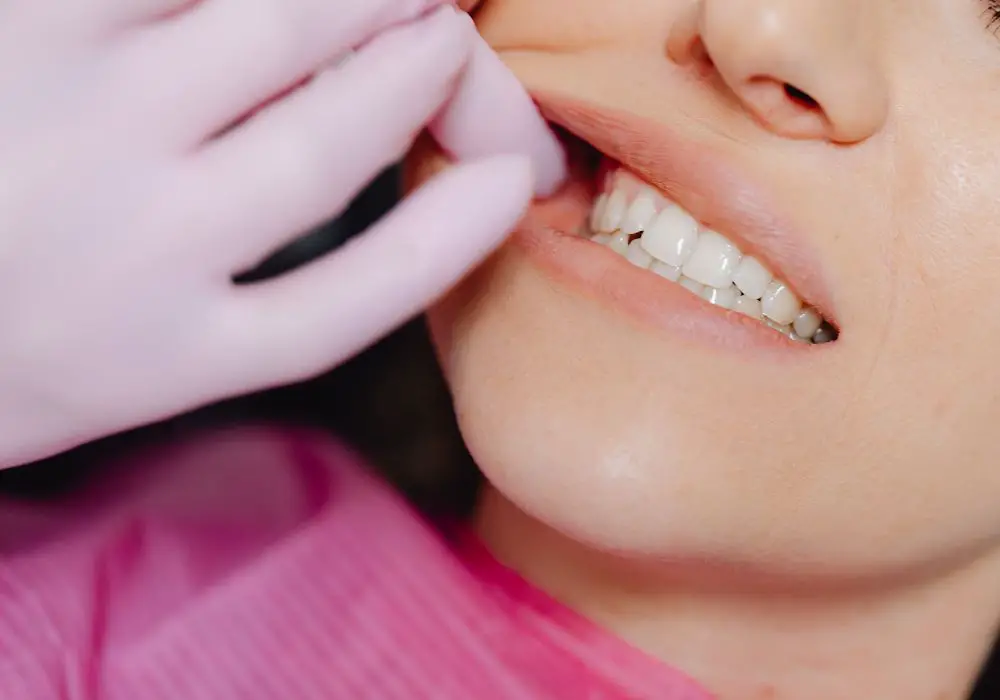
Tooth wear can range from mild erosion of enamel to extensive damage exposing inner tooth structures. Effects of tooth wear include:
- Tooth sensitivity – Loss of protective enamel layer exposes tiny tubules in dentin, causing sharp sensitivity to hot/cold foods, sweets, and touch. This symptom typically arises with early stages of wear.
- Cavities & decay – Enamel protects the tooth’s inner layers. Without it, dentin and pulp are more vulnerable to bacteria and decay. Areas of wear are high risk for cavities.
- Cracks & fractures – Teeth become weaker as they wear down. This increases chances of cracks reaching the inner pulp chamber and roots. Fractures require extraction or crown coverage.
- Changes in appearance – Severe enamel loss causes teeth to look smaller, more transparent, and yellowed. Tooth shape/alignment can change as chewing surfaces flatten. Gaps appear as teeth shift.
- Tooth pain – Advanced wear exposes the inner living pulp and dentin tubules, leading to pulpal inflammation and acute pain with hot/cold stimuli.
- TMJ problems – Uneven wearing of teeth alters bite alignment. This strains the jaw joint and chewing muscles, causing soreness, clicking, locking, and tension headaches.
- Impaired chewing – Flattened, narrowed, or fractured teeth prevent effective grinding and chewing. This makes it difficult to eat hard, crunchy or chewy foods.
- Digestive issues – Without adequately chewing food, larger particles enter the digestive tract causing discomfort and irregularity. Poor nutrition can result.
- Tooth loss – In severe cases, the structural integrity of teeth is so compromised that extraction is required. Loss of molars is especially problematic.
Professional treatment options for worn teeth
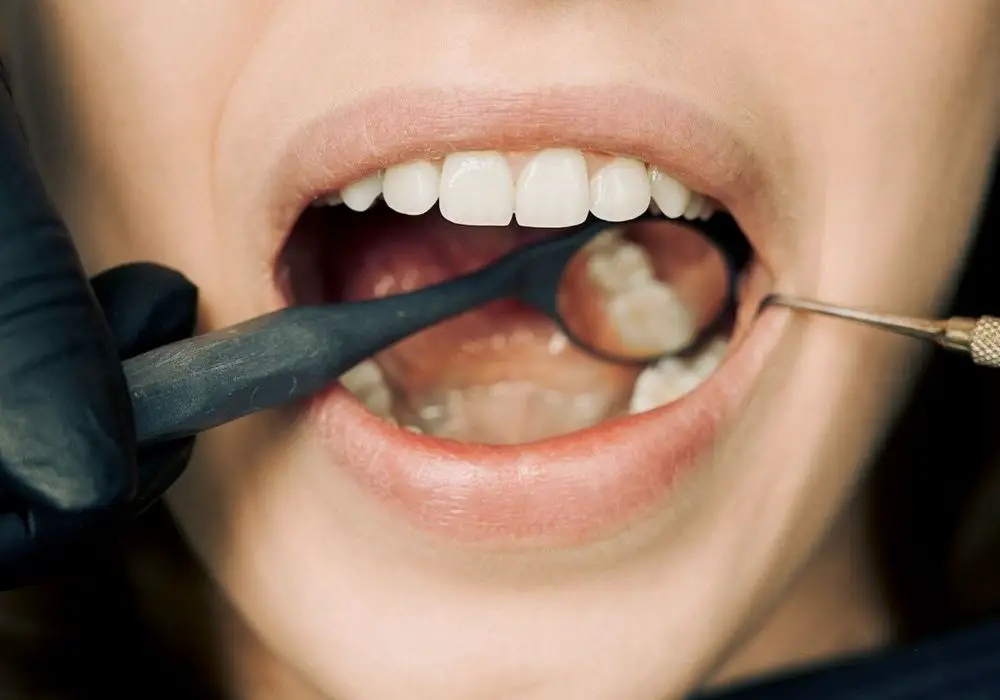
If you notice tooth sensitivity, pain, or changes in tooth shape/color, see your dentist right away. The sooner tooth wear is addressed, the better chance teeth can be restored. Here are common treatments:
Dental Fillings
Fillings help restore mild-moderate wear around the edges and tops of teeth. They precisely rebuild worn areas to the proper contours. Tooth-colored composite resins closely match natural tooth color and are most commonly used. Other good filling options for damaged teeth include porcelain, ceramic, gold, and amalgam restorations.
Dental Crowns
When tooth wear is too extensive for simple fillings, dental crowns fully cover and protect the remaining tooth structure. The damaged portion of the tooth gets reduced in size and reshaped. A custom-fitted crown is securely cemented over it to restore form and function. Materials like porcelain fused to metal, zirconia, and ceramic can create strong, natural looking crowns that last over a decade.
Onlays & Inlays
Onlays and inlays offer an alternative to traditional crowns for rebuilding worn back teeth. An impression is taken and a dental lab makes a precision ceramic or indirect composite restoration. This gets bonded onto the prepared portion of the tooth, conserving more natural tooth. Onlays cover cusps while inlays fill interiors.
Veneers
Dental veneers improve the appearance of worn front teeth. These thin facings are custom-made from porcelain or composite resin and bonded to the front of teeth. Veneers restore a uniform, even look. They do require some removal of original tooth, so aren’t the best option when trying to preserve remaining tooth structure.
Dental Implants
If teeth are so severely damaged that they cannot be properly restored with other methods, dental implants may be placed. The damaged tooth gets extracted and an implant anchored into the bone in its place. Implants fuse to the jawbone like natural roots. They provide a stable platform to attach a lifelike crown.
Bridges
When tooth loss occurs due to excessive wear, dental bridges can fill the space. A bridge spans from the surrounding teeth onto dental implants or crowns that replace the missing tooth/teeth. Using bridges helps prevent tooth shifting and collapse of the bite.
Dentures & Partials
If wear leads to loss of multiple teeth, complete dentures or removable partial dentures can restore your smile. Complete dentures sit on the gums and rely on suction to stay in place. Partial dentures utilize remaining natural teeth as anchors with metal clasps around them. Denture fit and comfort should be monitored as more teeth wear down over time.
Orthodontics
If bite imbalance or malocclusion is causing uneven wearing of teeth, orthodontic treatment can help. Braces or clear aligners like Invisalign correct bite issues for straighter teeth and proper tooth contacts. This ensures chewing forces are evenly distributed to prevent localized wear spots.
How to prevent further tooth wear at home?
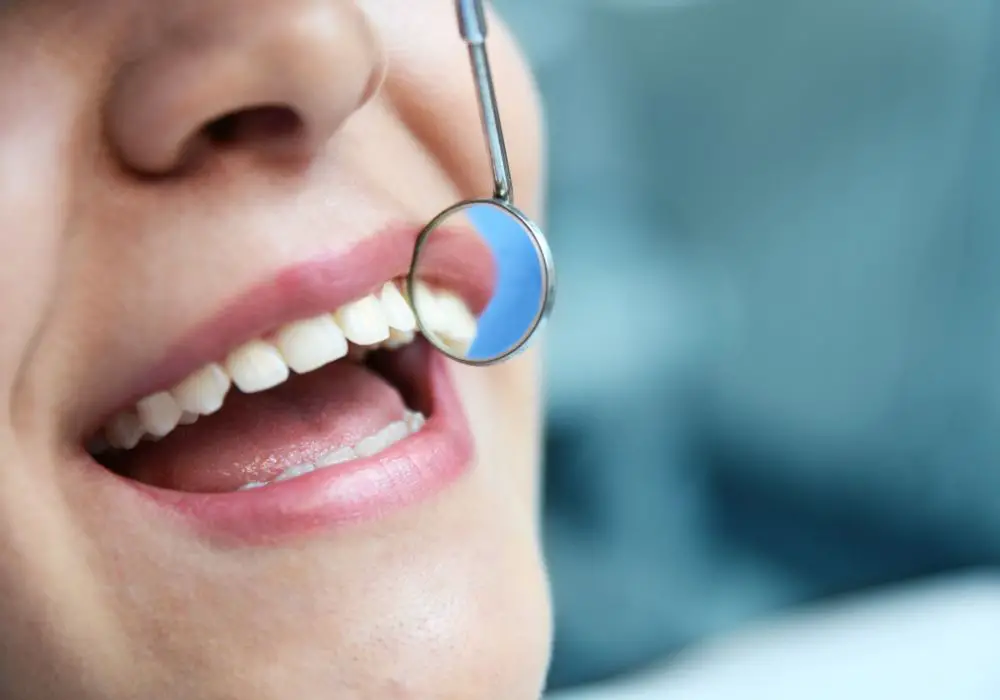
Professional restoration and bite correction are important for dealing with damage from existing tooth wear. But stopping additional enamel loss relies heavily on proper at-home dental care and lifestyle habits. Recommendations include:
- Use a soft or extra soft bristle toothbrush and brush gently
- Choose a non-abrasive fluoride toothpaste
- Avoid brushing immediately after consuming acidic foods/drinks
- Limit acidic beverages like soda, juices, wine
- Drink acidic drinks quickly through a straw
- Avoid hard or crunchy foods that can damage enamel
- Stop nail biting, ice chewing, and other habits that stress teeth
- Have any bruxism or clenching addressed – wear a nightguard if needed
- Use enamel strengthening toothpastes containing novamin, stannous fluoride, or casein phosphopeptide-amorphous calcium phosphate (CPP-ACP)
- Apply prescription fluoride gel before bed to reinforce enamel
- Get dental work adjusted regularly to ensure even bite force
- See your dentist every 6 months to monitor tooth wear and decay risk
With diligent at-home dental care and semiannual professional exams, teeth can remain strong and damage-free well into old age. Catching wear issues early and minimizing risk factors gives you the best chance of keeping your natural enamel intact. Don’t wait until tooth wear is visibly noticeable or causing sensitivity and discomfort. Be proactive with prevention.
Frequently Asked Questions about Tooth Wear:
What are the most common symptoms of tooth wear?
The earliest signs of tooth wear are sensitivity to hot, cold, or sweet foods/drinks. As more enamel erodes, teeth can become smaller, thinner, translucent, and sharp or jagged. They may change shape, crack, or fracture more easily. You may develop tooth pain and discomfort when eating if inner structures become exposed.
How can children experience severe tooth wear too?
Kids are not immune to tooth wear. Childhood habits like nail biting, ice chewing, and excessive juice/soda consumption bring acids in contact with teeth. Clenching or bruxism wears away enamel during developmental years. Baby bottle tooth decay from prolonged exposure to sugary liquids also destroys tooth structure. Getting cavities promptly treated helps limit damage.
Do certain health conditions increase risk for tooth wear?
Yes. Gastroesophageal reflux disease (GERD) can cause acid erosion since stomach contents regurgitate into the mouth. Bulimia also introduces erosive vomit acids. Conditions like bruxism and eating disorders raise exposure of teeth to damaging forces. Any systemic illness that causes frequent vomiting, acid reflux, dry mouth, or clenching may accelerate wear.
Can tooth wear be reversed?
The tooth wear process itself cannot be reversed since enamel and tooth layers are permanently lost. However, today’s dental treatments like crowns, veneers, fillings, and implants can effectively restore form and function to worn teeth. While the original tooth structure is gone forever, restorations can reinforce teeth to prevent further loss.
At what point is tooth wear bad enough to need treatment?
Visit your dentist as soon as any symptoms like temperature sensitivity arise so the cause can be assessed. More severe tooth wear that requires rebuilding with crowns is when missing enamel exposes large areas of dentin. Extreme wear exposing the pulp chamber and tooth roots necessitates immediate treatment to save teeth.

